As-Salt Archeological Museum
The As-Salt Archaeological Museum is located in the new As-Salt commercial centre. The museum, with its two exhibition halls, was opened in 1986.
The main exhibition hall contains a collection of pottery from Tuleilat Ghassul, dated to the Chalcolithic (4500-3300 BC). The museum also showcases items from the Early Bronze Age (3300-2200 BC), the Middle and Late Bronze Age periods (2200-1200 BC) the Iron Age (1200-539 BC), the Byzantine period (AD 324-636) , and the Ayyubid/Mameluk period (AD 1174-1516)
Contact information/ how to book:
Telephone: 009625355565
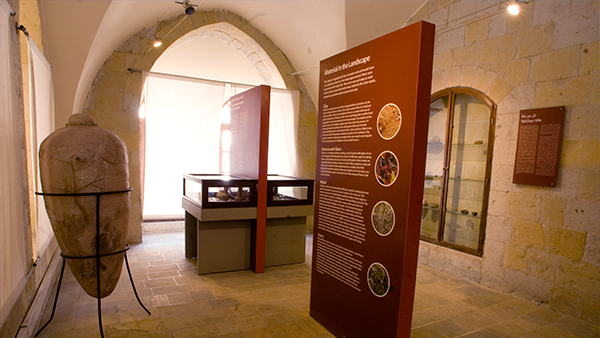
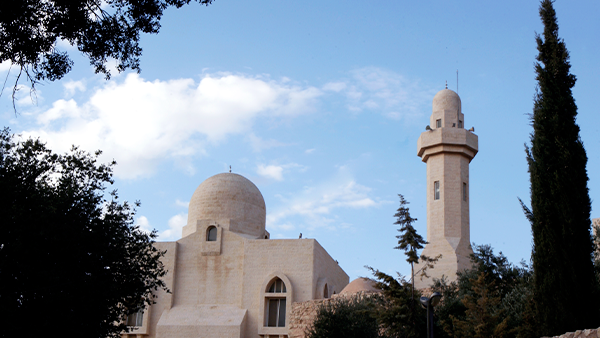
Prophet Yusha’s Shrine – Prophet Joshua’s Shrine
Within a mosque to the west of As-Salt, on a hill carrying his name lies the shrine of Prophet Yusha (Joshua). He was the apprentice of Prophet Moses and later his successor. Prophet Joshua led the army of the tribes of Israel in conquest over the land of Palestine.
Khirbet Ayyoub – Prophet Job’s Tomb
Southwest of As-Salt in an area known as Khirbet Ayyoub foundations of an ancient building mark the final resting place of Prophet Ayyoub (Job), who is mentioned in the Holy Qur'an four times. His legendary patience and faith gave him strength to endure tremendous hardships. Ultimately, Prophet Job was rewarded with blessings, as stated in the Holy Qur'an (Sura 21, verses 83-84):
"And (remember) Ayyoub, when He cried to his Lord,'Truly distress has seized me, but Thou art the Most Merciful of those that are merciful.' So We listened to him: We removed the distress that was on him, and We restored his people to him, and doubled their number, as a Grace from Ourselves, and a thing for commemoration, for all who serve Us."
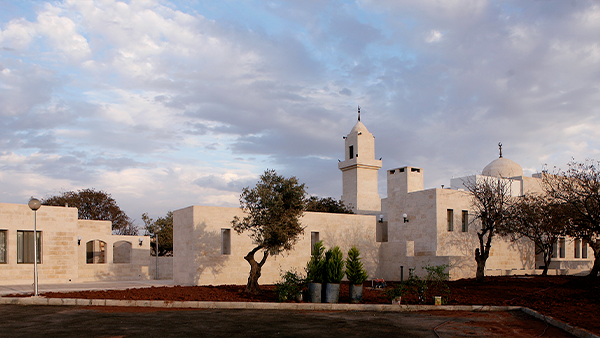
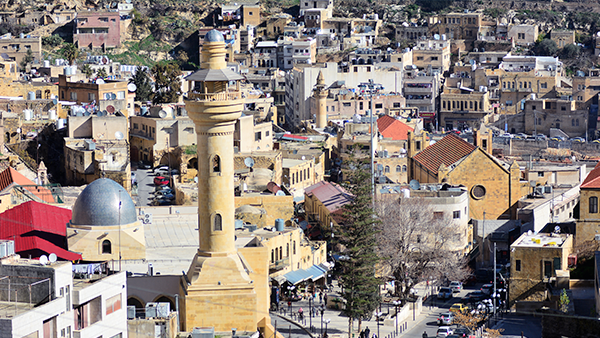
The Religious Harmony Trail
Reflected in the old mosques and churches residing together in peace, the city of Salt is a living example of interreligious harmony and coherence within a single neighborhood. The architecture and ancient houses reflect in the religious writings and symbols common to Muslim and Christian families.
Contact information/ how to book:
Pick up a map from the Abu Jaber Museum and follow the trail or hire a local guide for an immersive experience.
Heritage Houses
The historical buildings of As-Salt reflect the harmonious spirit of the city. With a unique architectural style seen nowhere else, the old houses of As-Salt have been nominated for UNESCO’s prestigious World Heritage status. To learn more about the unique nature of these homes visit: http://whc.unesco.org/en/tentativelists/6012/
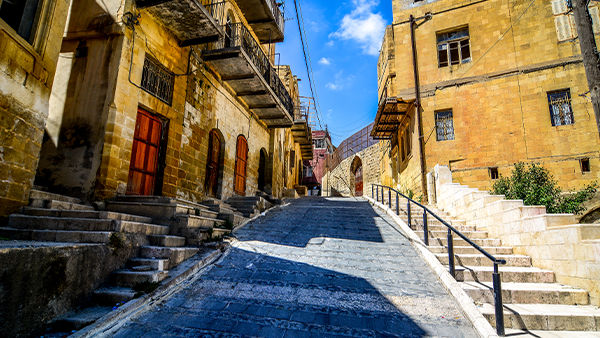
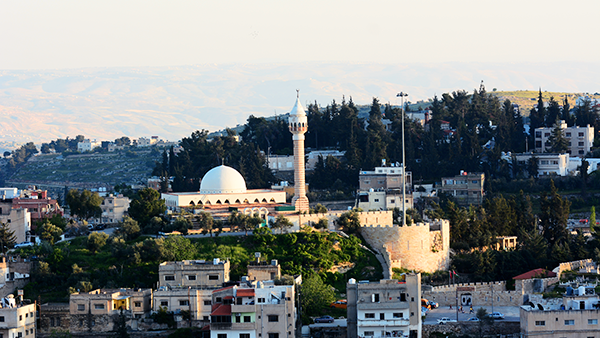
As-Salt Grand Mosque
This mosque, built during the late Abbasid Era, is oldest mosque in the city and acted as a center for religious scholars from all around the world.
Al-Khader Orthodox Church – St. George Church
The holy shrine was built in the 17 th century in a cave where it is believed that a villager received a message from God to build a church The church is visited my Muslims and Christians alike to ask for blessings and to pray.
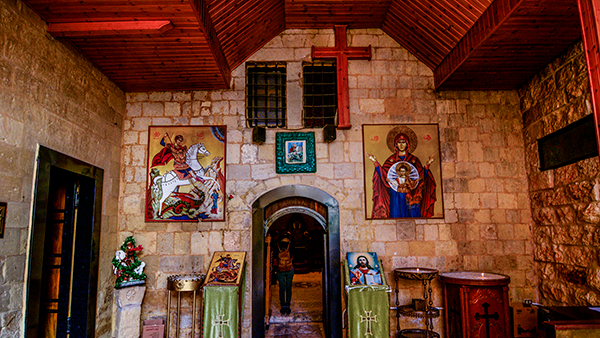
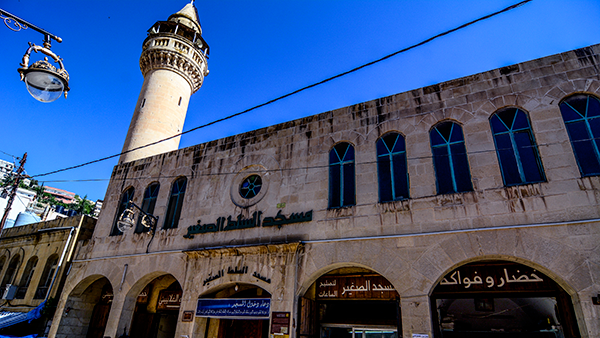
Small Mosque
This mosque, located at the end of Hammam street, was built in the first quarter of the 20th century by famed mason Haj Suleiman Abu Al-Hasan.

